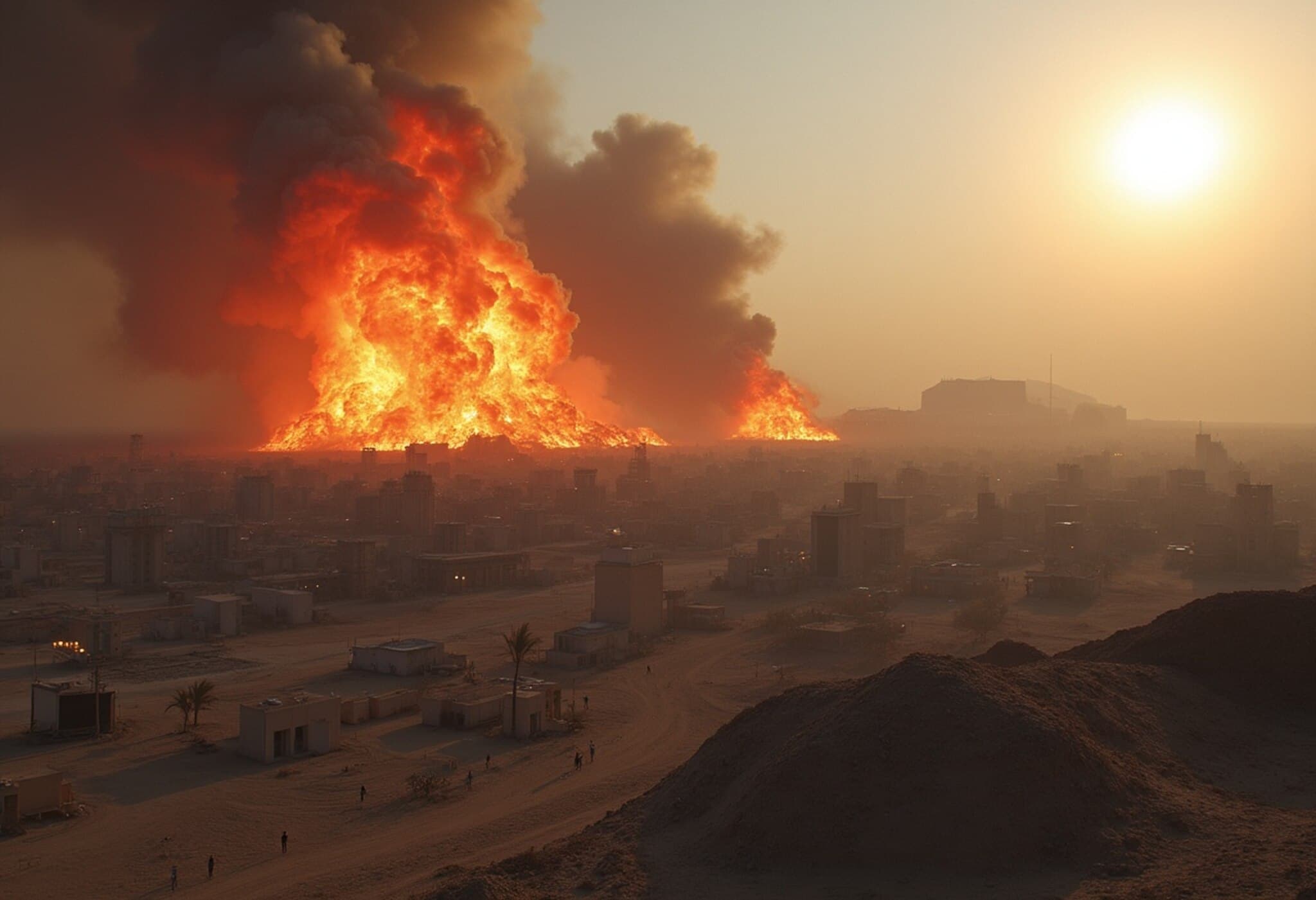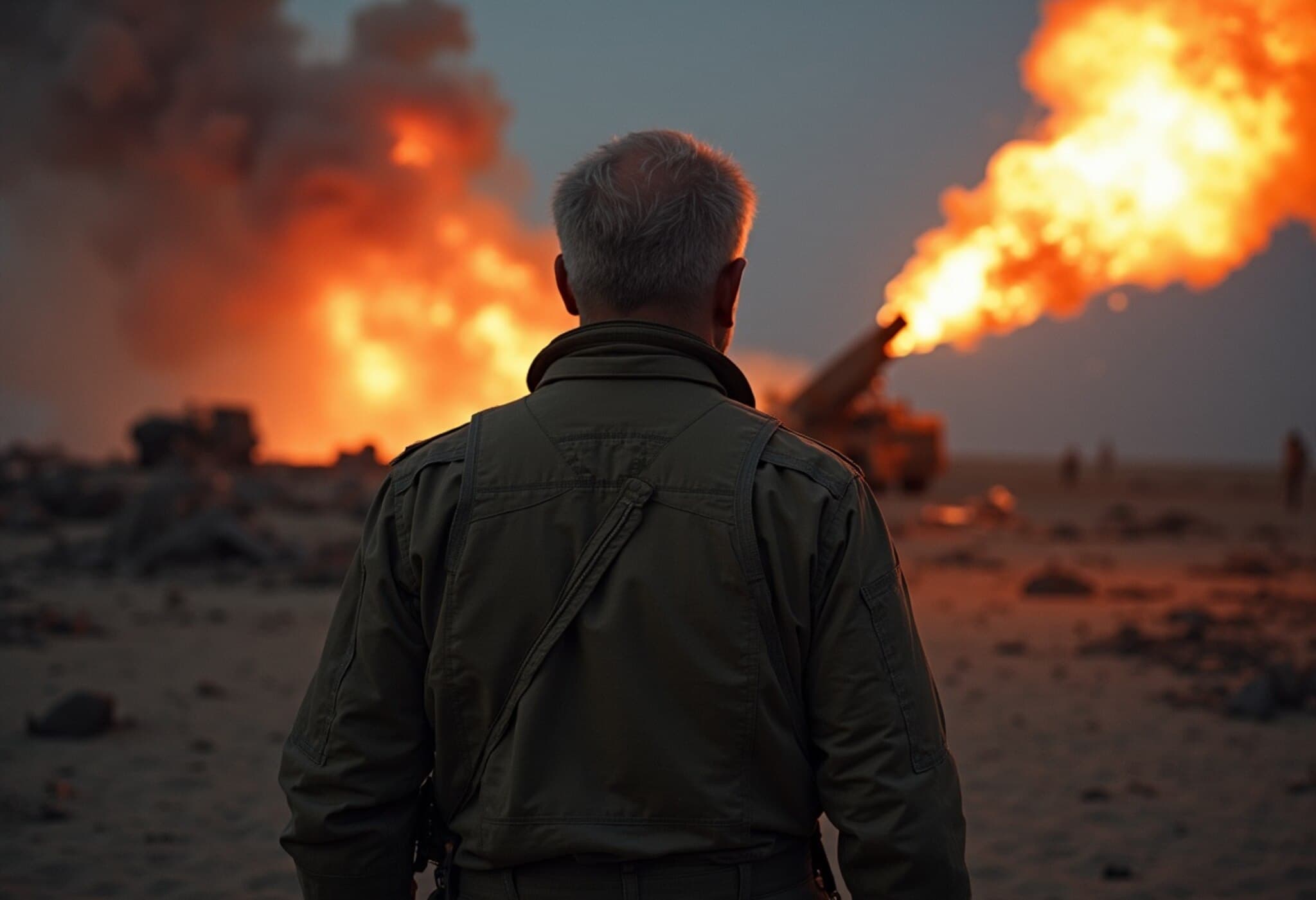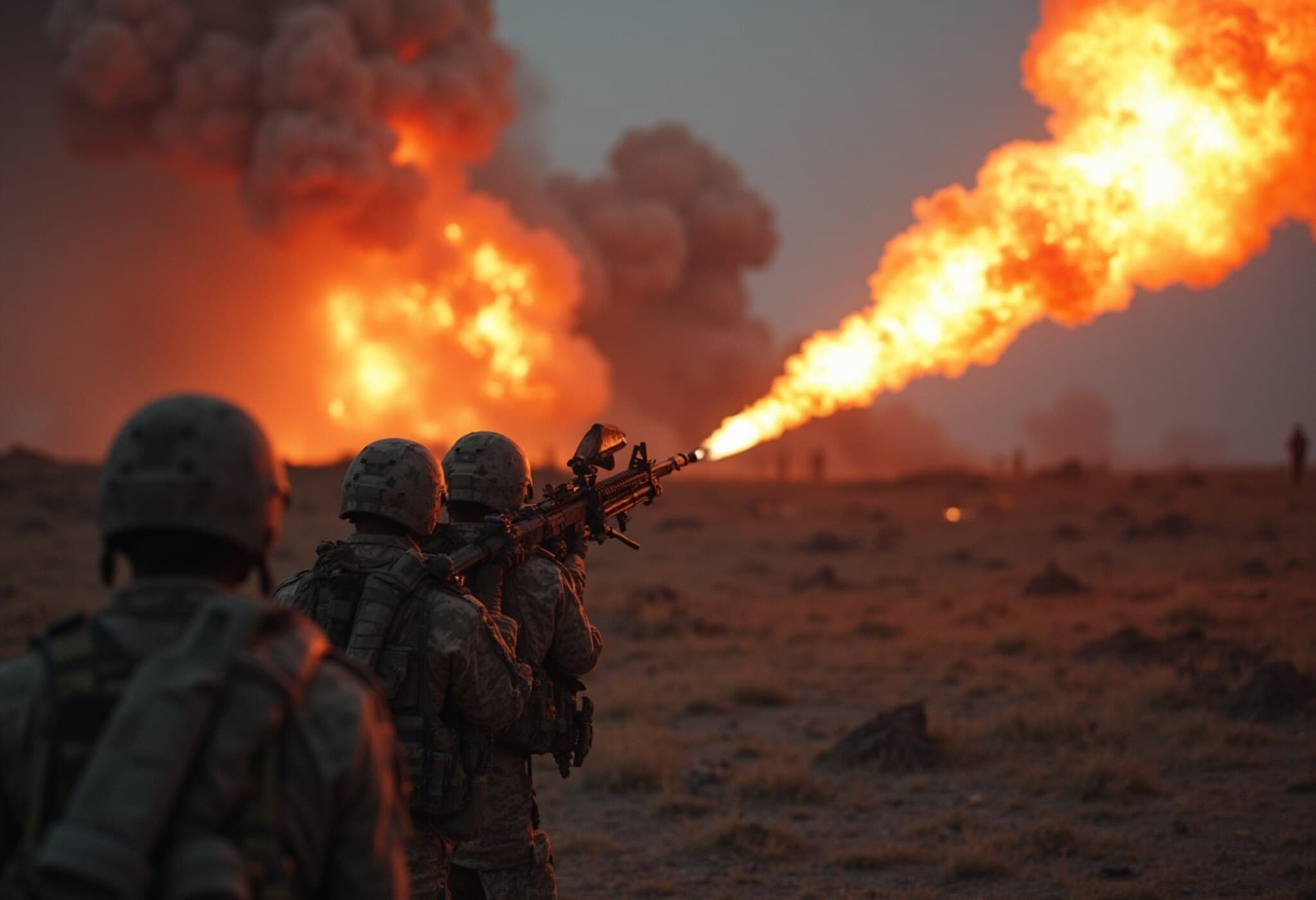Trump Labels Damage to Iran's Nuclear Sites as 'Obliteration'
On Sunday, former U.S. President Donald Trump firmly rejected Iranian claims minimizing the impact of recent strikes on its nuclear infrastructure. He described the damage using the strong term "obliteration," referencing satellite images that reveal extensive destruction. Trump highlighted that the most significant harm occurred deep underground, particularly in hardened structures shielded within mountains.
Military Officials Confirm Severe Impact but Caution on Final Outcome
General Dan Caine, Chairman of the U.S. Joint Chiefs of Staff, affirmed that the nuclear facilities at Fordo, Natanz, and Isfahan suffered severe damage and destruction. However, he stopped short of declaring Iran's nuclear capabilities entirely wiped out.
“Final assessments will take time,” Caine said, emphasizing ongoing evaluations. He explained that the term Battle Damage Assessment (BDA) refers to the detailed process of gauging operational impact on targets, which involves intelligence analysis and reconnaissance from drones, satellites, radar, and on-the-ground reports.
Precision Strikes Executed as Planned
Secretary of Defense Pete Hegseth underscored the accuracy of the operation, noting that all precision munitions hit their intended targets and produced the desired effects. However, when asked whether Iran retains any nuclear capability, officials refrained from providing a definitive answer, citing the assessment’s ongoing nature.
Uncertain Extent of Damage at Fordo and Uranium Displacement
Adding complexity to the situation, nuclear watchdog officials voiced caution regarding the precise damage to the Fordo nuclear site. Reports from unnamed Iranian sources suggested that most highly enriched uranium had reportedly been relocated prior to the U.S. strikes, placing a question mark over the long-term impact on Iran's nuclear program.
Details of the U.S. Military Operation
The strikes, known as Operation Midnight Hammer, commenced early Saturday morning involving:
- Six B-2 stealth bombers dropping six GBU-57 Massive Ordnance Penetrators (MOPs) on the fortified Fordo facility.
- A seventh B-2 bomber releasing two GBU-57 bombs on the Natanz site.
- A U.S. Navy submarine launching 30 Tomahawk missiles targeting Natanz and the Isfahan facility.
- More than 125 aircraft participated in the mission overall.
The GBU-57, nicknamed the “bunker buster,” is a 30,000-pound bomb designed to penetrate deeply buried and heavily fortified targets, underscoring the strategic nature of the attack.
Looking Ahead: Assessments Continue
The aftermath of these events leaves questions about the residual nuclear capabilities Iran may still possess. While initial reports emphasize extensive damage, official evaluations of operational success are underway, with military analysts carefully reviewing all battlefield intelligence.






